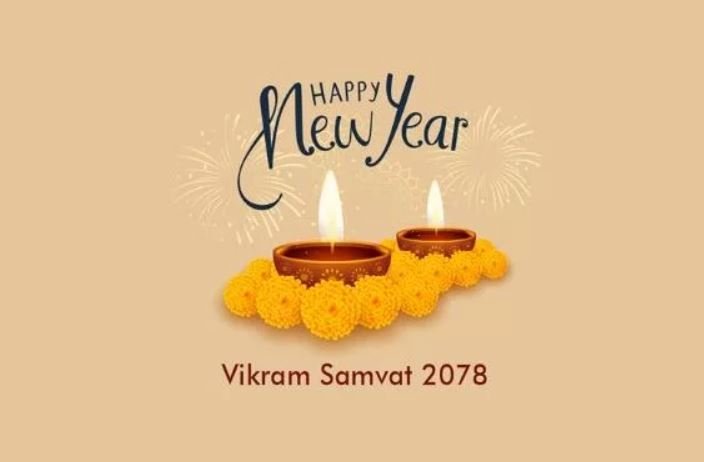Vikram Samvat, one of the traditional Hindu lunar calendars, marks the beginning of the Hindu New Year. In 2025, the Vikram Samvat New Year celebrated on March 30th, ushering in the year 2082. This calendar, widely followed in North and Western India, holds deep cultural, religious, and historical significance.
Origin and History
The Vikram Samvat era is believed to have been established by the legendary king Vikramaditya of Ujjain after his victory over the Shakas in 57 BCE. Unlike the Gregorian calendar, which follows the solar cycle, Vikram Samvat is a lunisolar calendar, aligning months with the moon’s phases while adjusting with the solar year.
How is the Hindu New Year Celebrated?
The Hindu New Year, also known as Nav Varsh or Chaitra Shukla Pratipada, is celebrated with great enthusiasm across India, especially in states like Gujarat, Rajasthan, Maharashtra, and Uttar Pradesh. Key traditions include:
- Religious Observances – Devotees visit temples, offer prayers, and seek blessings for prosperity.
- Gudi Padwa (Maharashtra) – Homes are decorated with Gudis (a bamboo stick with a bright cloth and neem leaves).
- Ugadi (Andhra Pradesh & Karnataka) – People prepare Ugadi Pachadi, a special dish symbolizing life’s different flavors.
- Navreh (Kashmir) – Kashmiri Hindus celebrate with rituals and traditional feasts.
- Baisakhi (Punjab) – Marks the harvest festival and the Sikh New Year.
Astrological Significance
The Hindu New Year begins with the Chaitra month (March-April) and is considered auspicious for new ventures. Astrologers analyze the Panchang (Hindu almanac) to determine favorable timings (Muhurats) for important activities.
Vikram Samvat 2082: What to Expect
According to Hindu astrology, the year 2082 will be governed by Jupiter (Brihaspati), bringing opportunities for growth, wisdom, and spiritual progress. Key festivals like Diwali, Holi, and Raksha Bandhan will be observed based on this calendar.




